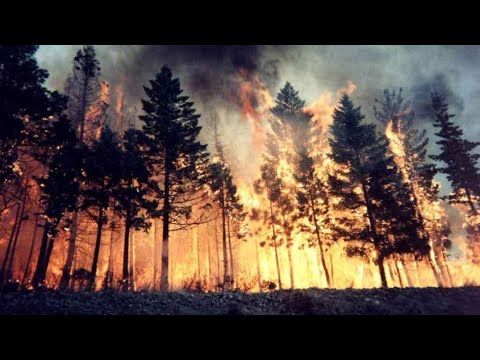“The Amazon Rainforest: A Comprehensive Overview” Size and Ranking among Global Rainforests
The Amazon Rainforest, often dubbed the “Lungs of the Earth,” is undergoing unprecedented transformations shaped by human activities and environmental shifts. In this segment, we explore the dynamic history of human settlement, the contemporary drivers of change, and the profound impacts of global climate change on the Amazon’s intricate ecosystems.
Human Settlement and Biodiversity: The Amazon has a rich history of human settlement dating back thousands of years. Indigenous peoples have inhabited these lush landscapes, shaping the biodiversity and cultural fabric of the region. The interaction between human populations and the rainforest has contributed to the astounding diversity of plant and animal species found in the Amazon.
Over the past few decades, however, the pace of change has accelerated dramatically. Population growth, coupled with the integration of the Amazon region into the global economy, has led to large-scale deforestation and forest degradation. The conversion of vast tracts of the rainforest for agriculture, cattle ranching, and infrastructure projects has resulted in the loss of crucial habitats and the fragmentation of ecosystems.
Deforestation Trends and Drivers: Deforestation remains a critical issue in the Amazon, driven by various factors, with cattle ranching and industrial agriculture being primary contributors. The demand for beef and soy, often fueled by international markets, has led to extensive clearing of the rainforest. In Brazil alone, more than 60% of cleared land is converted into pasture, primarily serving land claims rather than sustainable beef or leather production.

Industrial agricultural production, especially soy farms, has also played a significant role in deforestation since the early 1990s. While there has been progress, such as the soy industry moratorium on new forest clearing, challenges persist. Logging, mining, subsistence agriculture, dams, and urban expansion further contribute to the complex web of drivers behind Amazon deforestation.
Climate Change Impacts: The Amazon Rainforest, a key player in regulating global climate patterns, is not immune to the impacts of climate change. Rising temperatures in the tropical Atlantic have led to reduced rainfall across large areas of the Amazon, resulting in drought conditions and increased susceptibility to forest fires. Computer models suggest that if current warming rates persist, significant portions of the Amazon could transition from rainforest to savanna.
This potential shift carries profound consequences, affecting not only local ecosystems but also triggering substantial carbon emissions from forest die-off. Such emissions could exacerbate global climate change, creating a feedback loop with far-reaching implications.
Conservation Challenges and Initiatives: Efforts to protect the Amazon Rainforest have faced numerous challenges, particularly in the face of policy shifts and reduced environmental regulations. While there was a decline in the deforestation rate between the mid-2000s and mid-2010s, recent years have seen a resurgence, particularly in Brazil.
Conservation initiatives, including the establishment of protected areas and indigenous territories, have played a crucial role in preserving the Amazon’s biodiversity. However, these efforts have faced setbacks in the form of weakened environmental regulations, increased deforestation, and threats to indigenous lands. The complex interplay of economic interests, political decisions, and environmental concerns underscores the ongoing struggle to balance conservation and development in the Amazon.
As we navigate the ever-changing landscapes of the Amazon Rainforest, we encounter the intricate dance between human activities, climate change, and conservation efforts. The next part of our exploration will delve into the latest news and developments in the Amazon, shedding light on grassroots efforts, emerging challenges, and potential pathways for a sustainable future in this vital ecosystem.
Share this content:




1 comment